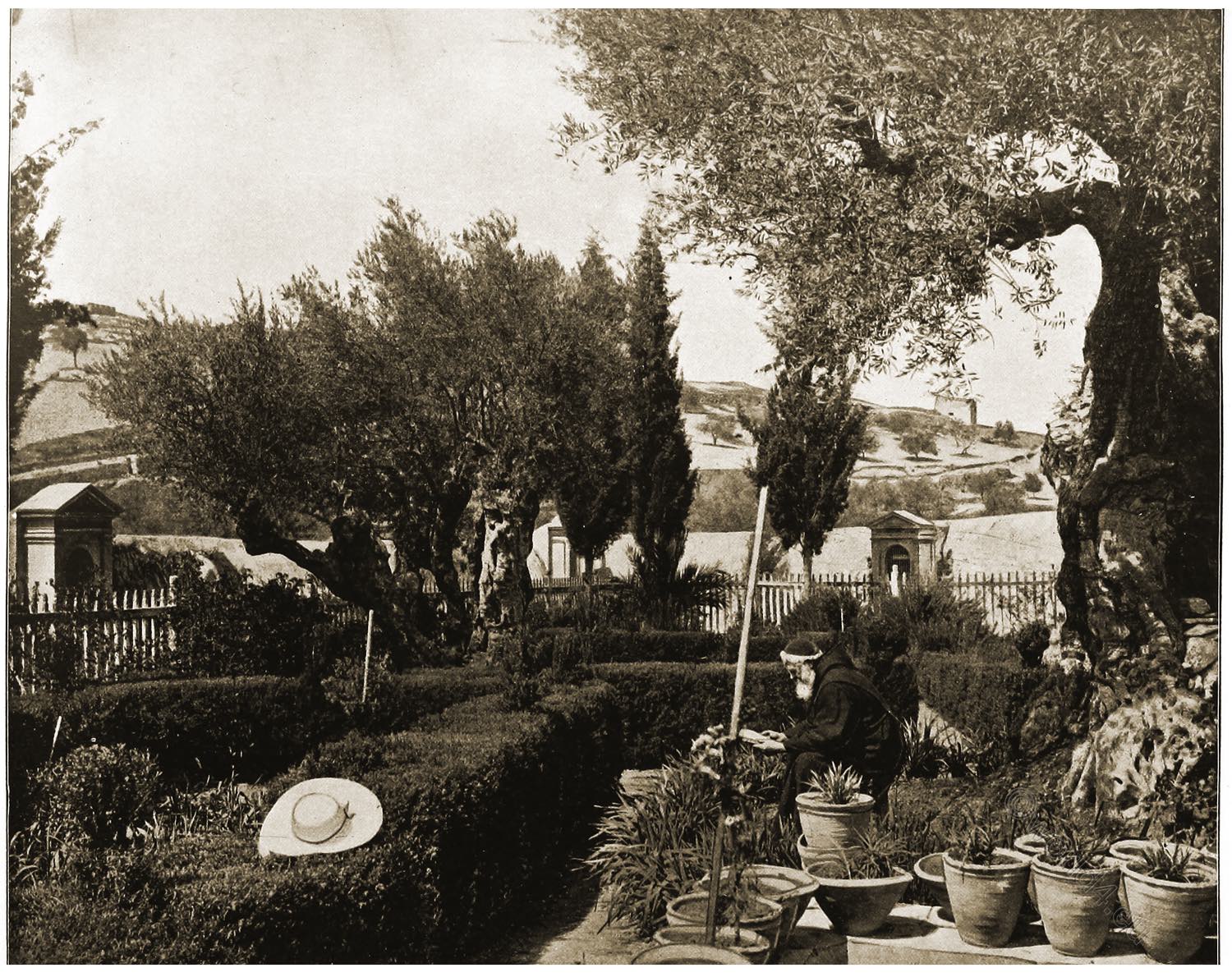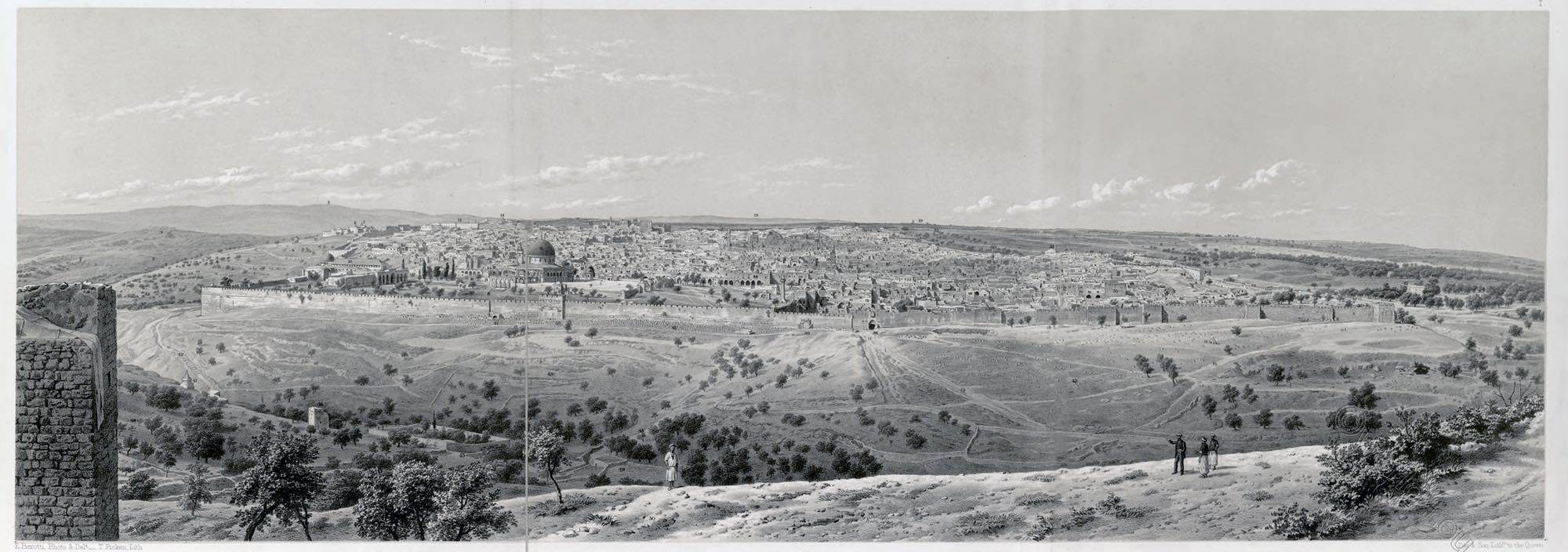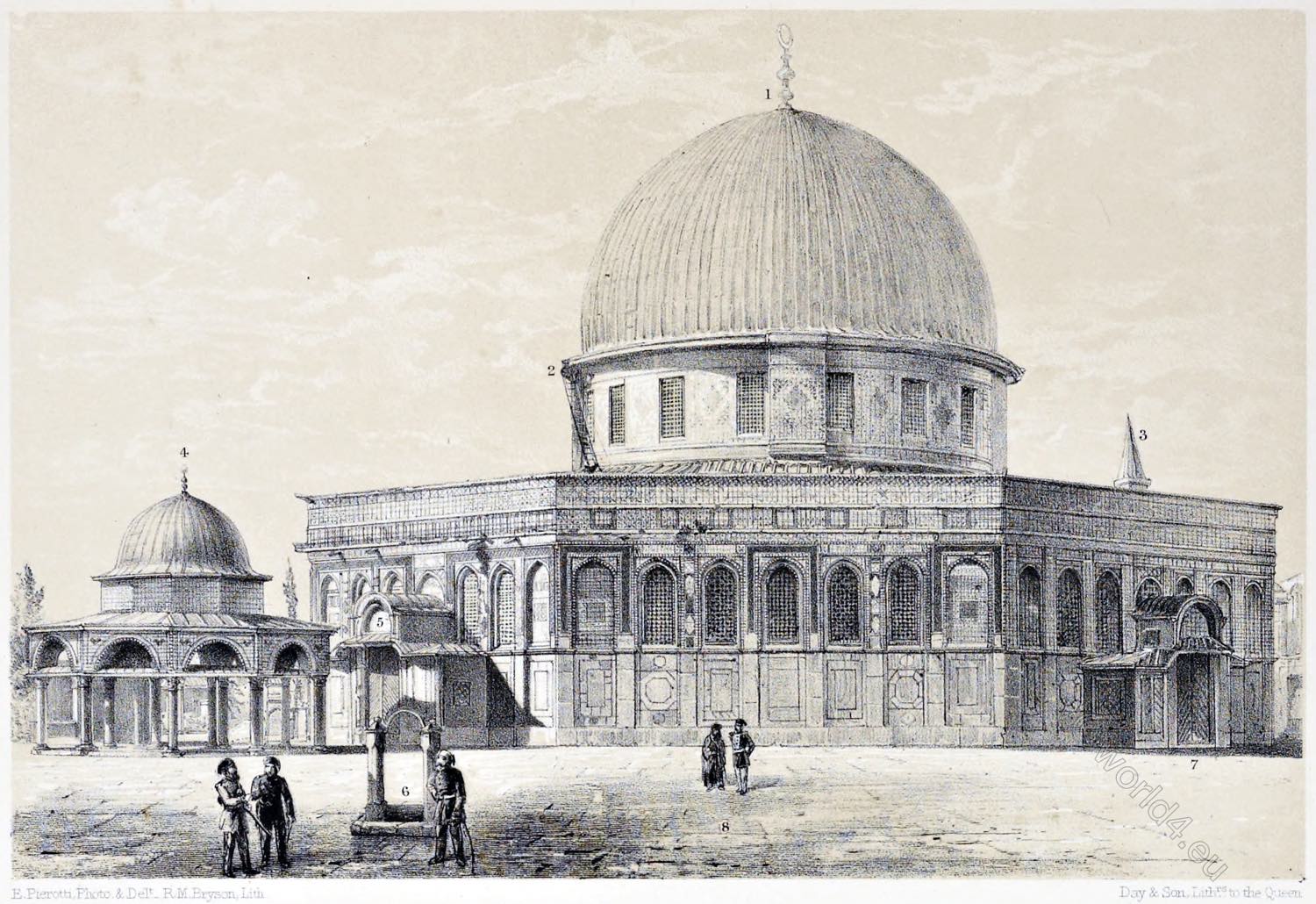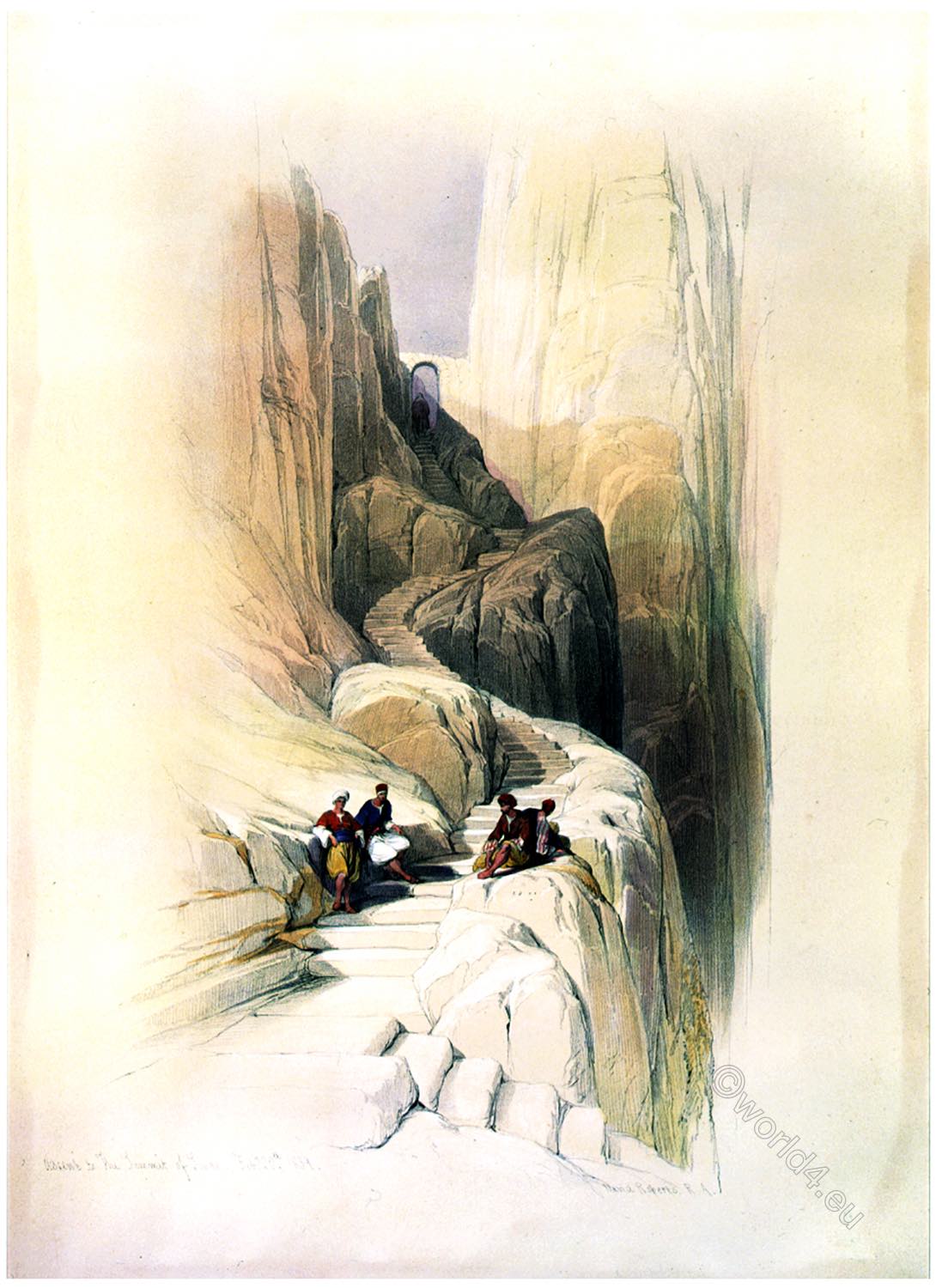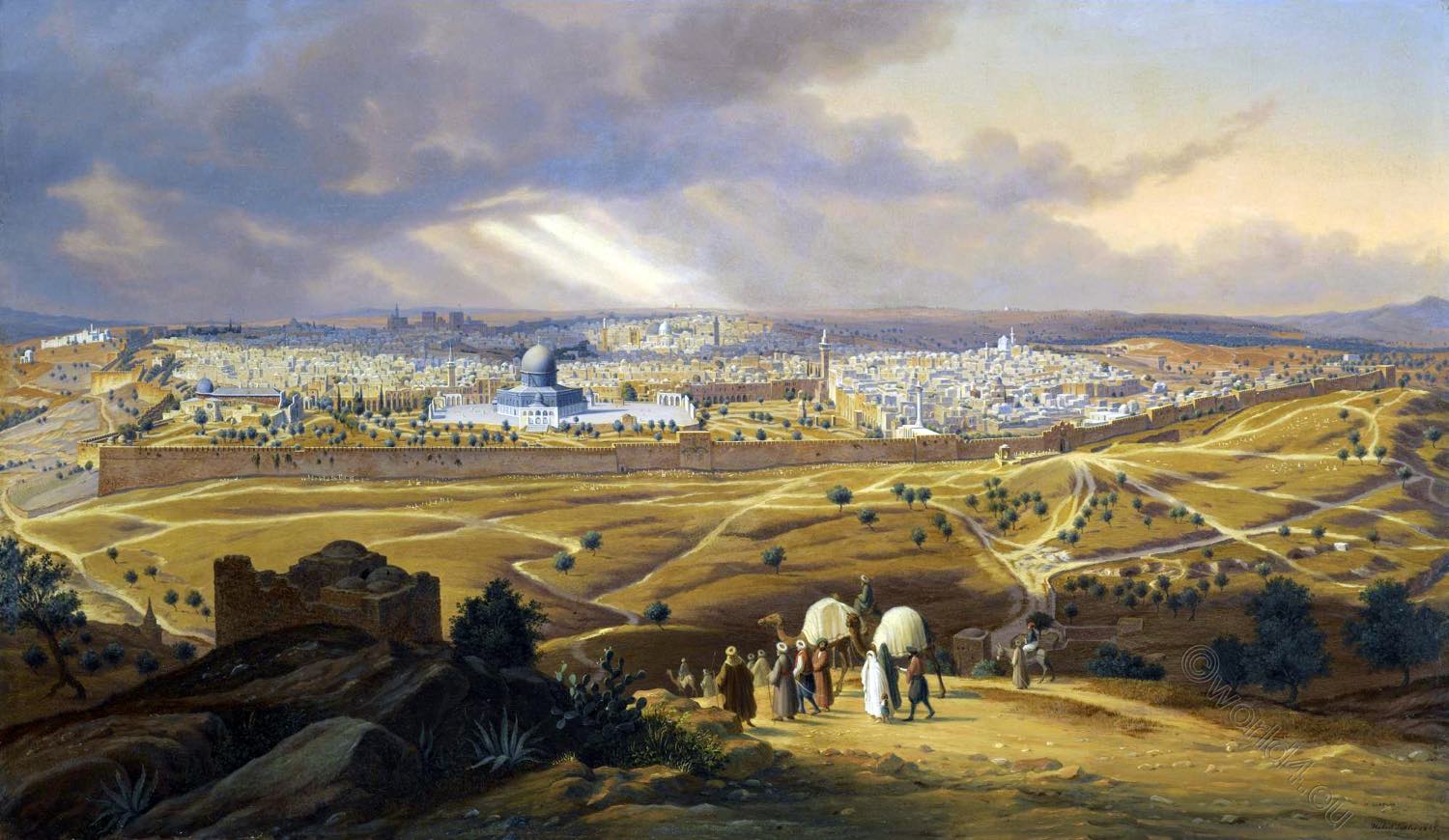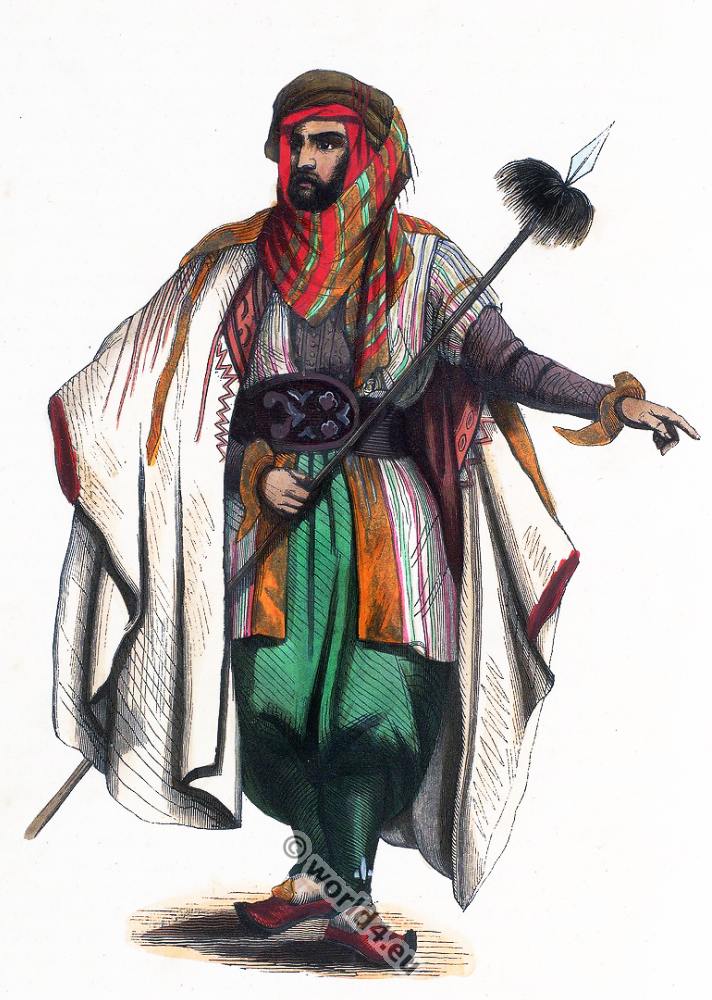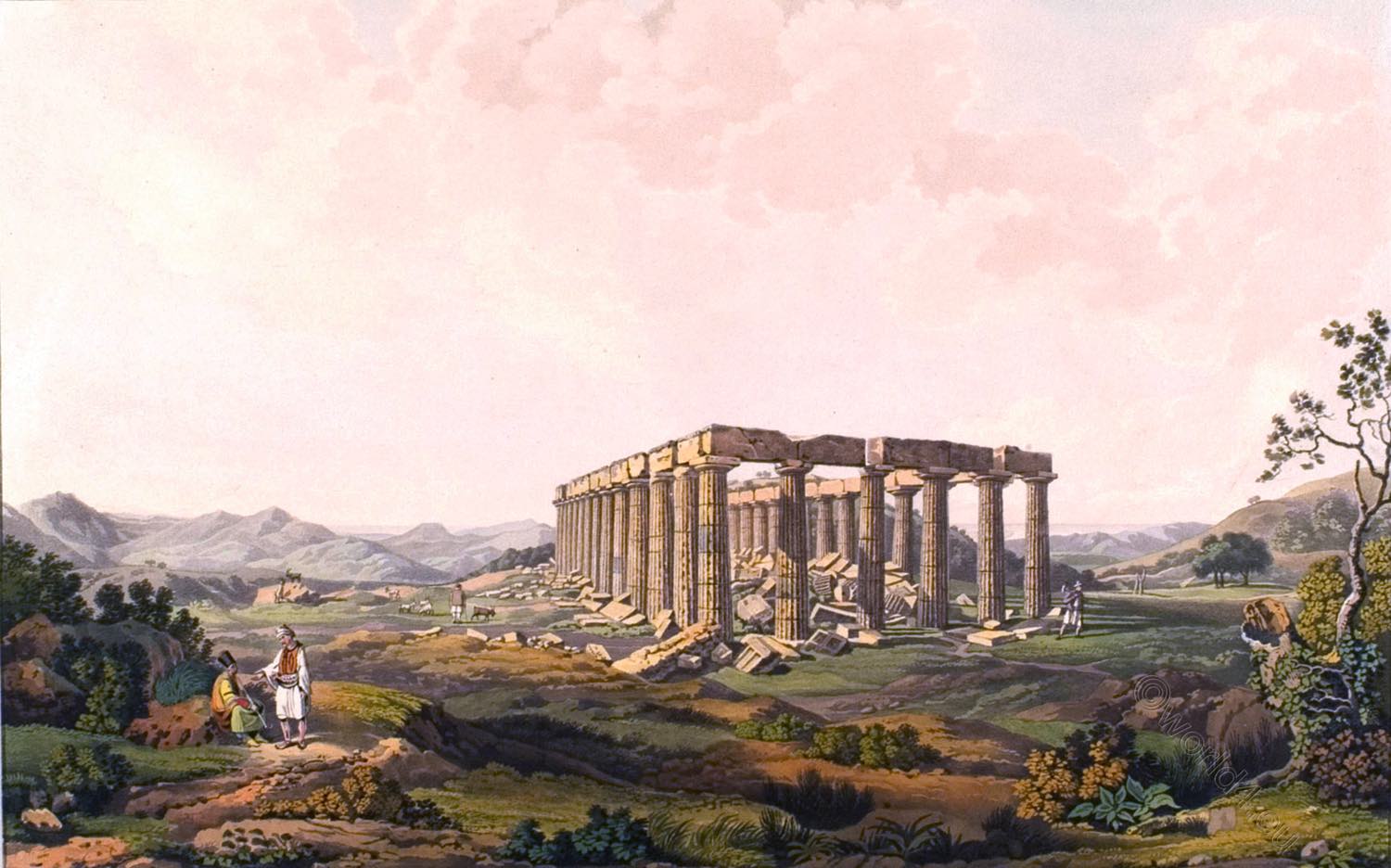
TEMPLE OF APOLLO EPICURlUS ON MOUNT KOTYLION IN ARCADIA
by Edward Dodwell.
“PHIGALIA is encompassed with mountains. Kotylion is on its left, and Elaion advances on its right. Kotylion is forty stadia from the city. Upon this mountain there is a place called Bassai, with the Temple of Apollo Epicurius, the roof of which is of marble. This temple is more admired than any in the Peloponnesos, after that at Tegea, both on account of the beauty of its stone and the harmony of its structure. The name of Επικουρίου, or the Helper, was given to Apollo, from the aid which be afforded to the inhabitants in a pestilential malady. Iktinos, who built the Parthenon, was also the architect of this temple”.
To this account of Pausanias it is necessary to add a few words concerning its ancient state and its present appearance. It is of the Doric order, and stands nearly north and south upon a small circular plain high up the side of Kotylion, which forms a part of the Lyeæan range. It is built of a fine dose-grained stone that is found upon the spot, and is suffused with a light yellow tint approaching the beauty of marble. It had, when entire, six columns on each front and fifteen on the sides, including those of the angles, in all forty-two columns, with the two of the pronaos and the two of the posticum.
The interior of the cella was decorated with ten Ionic columnar pilasters, whose capitals were of white marble. No other part of the temple than that over the statue *) appears to have been covered with a roof. The form of the capitals resembles those of the Parthenon. Thirty-six columns are at present standing, besides the lower parts of some of the pilasters. The architrave is almost entire, but many of the columns are out of the perpendicular, and the epistylia are consequently disjointed in several places, and at my visit threatened that ruin which was partially effected by the subsequent removal of the sculpture. The roof and walls of the cella have fallen. The sculptured frize, which is at present in the British Museum, was extracted from under the ruins in the year 1812.
The view from the temple of Apollo Epicurius is particularly attractive, from the beauty of the lines and the interest of the objects. The distant mountain on the left of the view is Taygeton. The nearer range is Lycæon and Karausios, above the lower part of which the eye glances upon the Messenian Gulf, the memorable plain of Stenyklaros, and the flat-topped Ithome. On the right-hand side of the view the plain of Cyparissiai is seen between the columns, and the horizon is bounded by the gulf of Cvparissiai and the Sicilian sea. The two figures on the left hand are my Turkish attendants, Ibrahim and the Tatar Salique. The northern end and eastern Hank of the temple are represented
in this view.
*) This statue was of bronze, and twelve feet in height, and was taken to Megalopolis. — Pausan. b. 8. c. 30.
The length of the temple is 125 feet, breadth 48; length of the cella 53 feet, breadth 20; length of the hypæthral, or unroofed port of the cella, 35 feet. The columns are about 20 feet in height, including the capitals.
Source: Views in Greece. Drawings by Edward Dodwell. Rod Well and Martin, London, 1821.
Discover more from World4 Costume Culture History
Subscribe to get the latest posts sent to your email.

